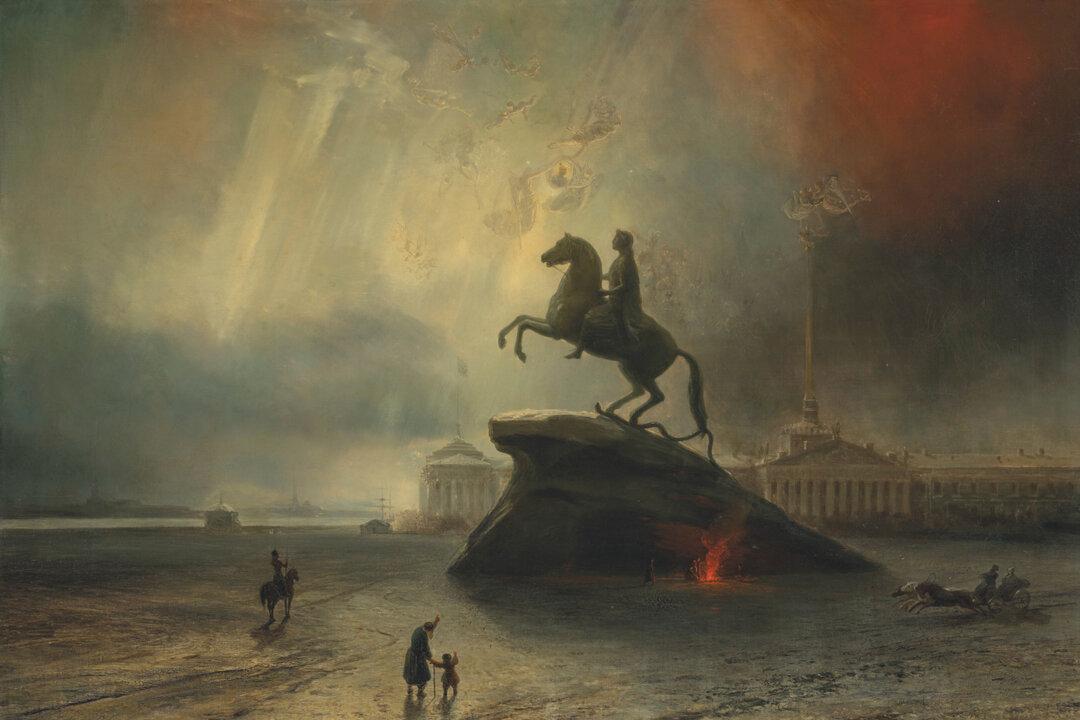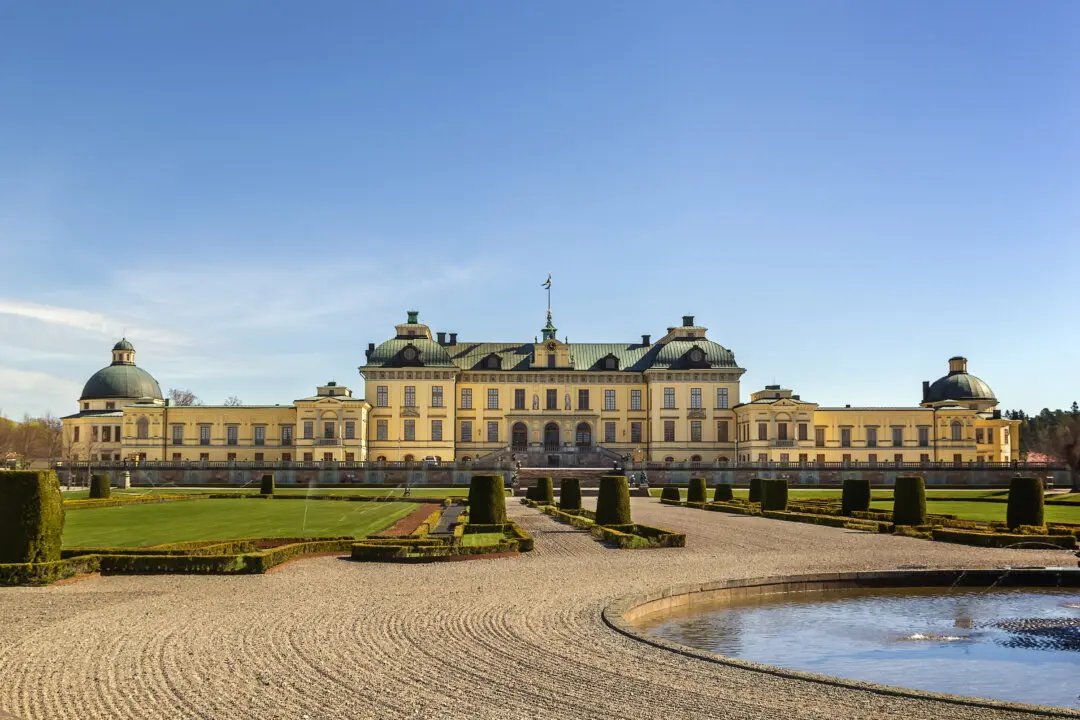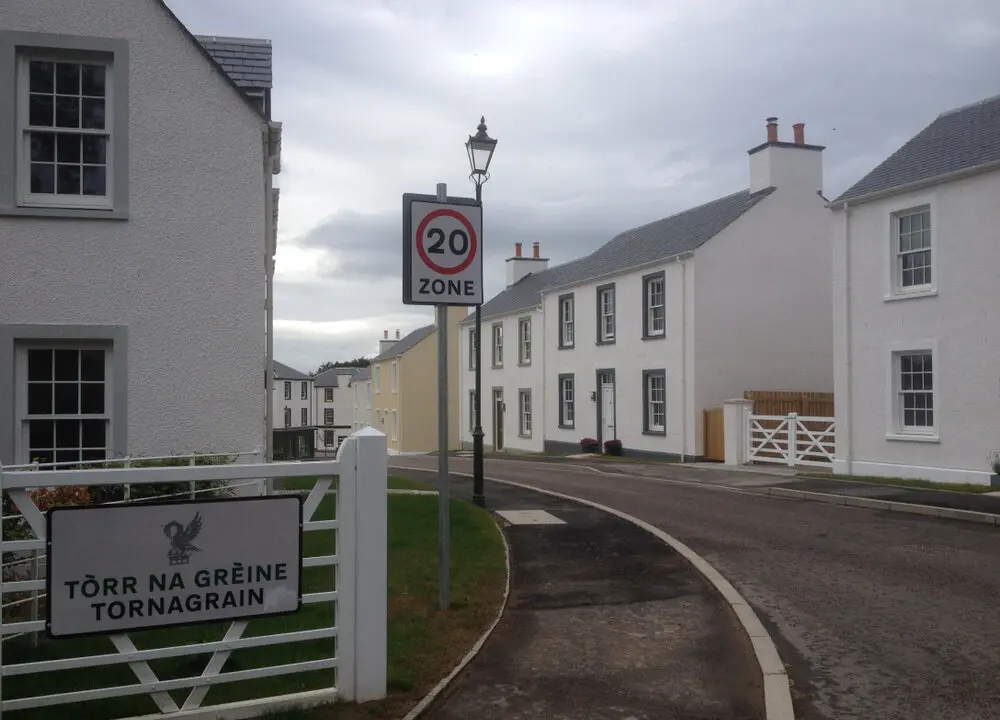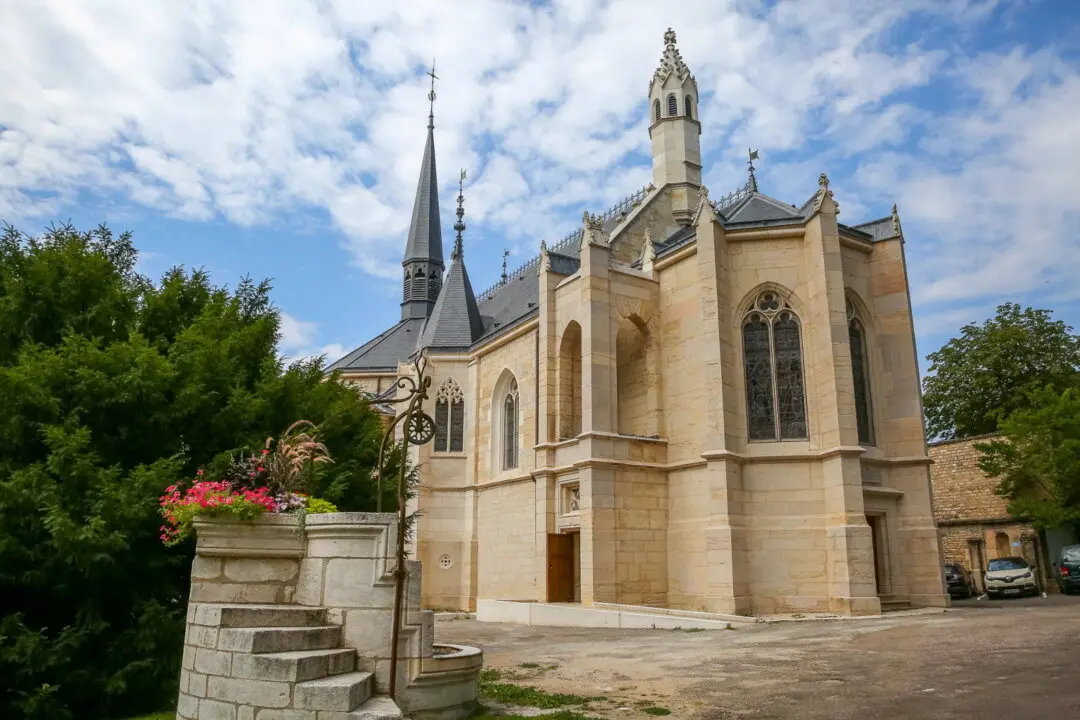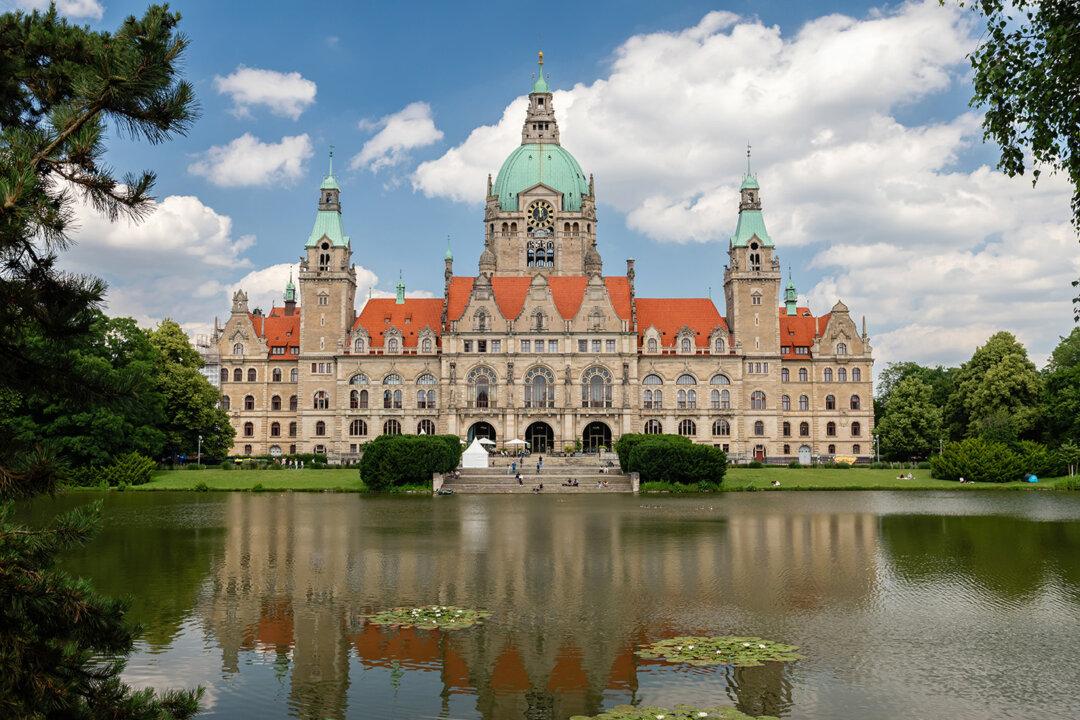The greatest feat of 18th-century transportational engineering came to a close when a 1,500-ton granite boulder was set in the Senate Square of Saint Petersburg, Russia, in 1770. The boulder served as a base for Étienne Falconet’s 20-foot Peter the Great on horseback. At the time, it was the largest statue in the world.
Commonly called the “Bronze Horseman,” the statue was commissioned by Catherine the Great to connect her triumphant reign to Russia’s last czar and first emperor, Peter the Great (1672–1725). A century after Peter’s birth, the new reigning empress grandly expressed admiration for her predecessor. She solidified her place as one of Russia’s great rulers with an inscription that reads, “Catherine the Second to Peter the First, 1782.”

